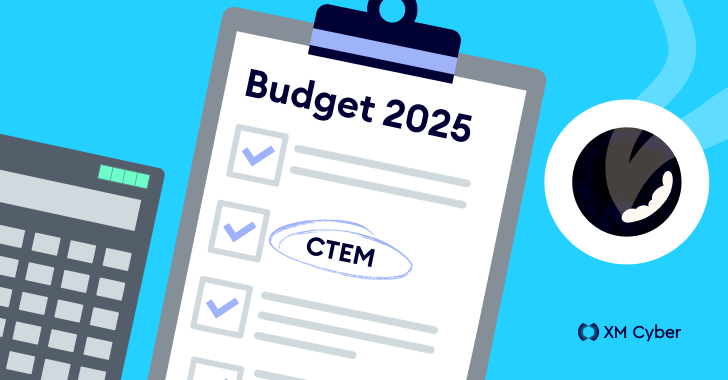9 Steps to Get CTEM on Your 2025 Budgetary Radar
- November 6, 2024
- Posted by: claudia
- Categories:

As organizations approach budget season, competition among departments intensifies as each strives to secure funding for its vital initiatives. While many proposals may appear essential for business continuity and profitability, cybersecurity professionals emphasize the critical importance of implementing a Continuous Threat Exposure Management (CTEM) program. Given the challenges of quantifying cybersecurity investments, particularly during economically restrictive times, ensuring that CTEM is allocated the necessary budgetary resources is imperative.
CTEM represents a transformative approach to cybersecurity, shifting focus from reactive practices to proactive defense mechanisms. It empowers organizations to constantly monitor and identify potential vulnerabilities, allowing for real-time resolution before threats can escalate into successful attacks. As cyber threats grow more sophisticated and frequent, and the timeline between vulnerability discovery and exploitation shrinks, organizations leveraging CTEM can more effectively safeguard against these evolving risks.
Central to CTEM’s effectiveness is its ability to adapt to the unique risk profiles of different organizations. This customization enables security teams to focus on specific threats that matter most to their operations, resulting in a stronger cybersecurity posture. Moreover, CTEM delivers continuous visibility into an organization’s attack surface, facilitating timely identification of new vulnerabilities. This proactive methodology helps organizations prioritize their resources towards the most critical risks, ultimately reducing the incidence of successful attacks.
Collaboration between security and IT teams is another significant benefit of CTEM. By breaking down silos and streamlining communication, organizations can take a more unified approach to risk management. The integration of current threat data further enhances CTEM’s effectiveness, allowing security teams to stay ahead of tactics employed by cyber adversaries. Consequently, this continual adaptation leads to improved risk mitigation and heightened preparedness for potential threats.
Furthermore, CTEM serves to minimize the financial repercussions associated with cybersecurity breaches. By preemptively identifying vulnerabilities and implementing fixes, organizations can significantly reduce costs related to data breaches, regulatory fines, and post-attack recovery efforts. The long-term cost-saving benefits of CTEM contribute to maximizing the value of limited cybersecurity budgets, reinforcing its necessity within organizational planning.
When discussing CTEM with executives, particularly CFOs, conveying its importance can be particularly effective. An elevator pitch regarding CTEM should highlight its role in proactively managing risks rather than merely responding to threats. By framing CTEM as an essential investment that not only fortifies defenses but also provides significant cost savings, organizations can secure buy-in from financial decision-makers.
To ensure CTEM remains a priority in budgeting discussions for the upcoming fiscal year, several strategies can be employed. These include framing CTEM as a method for managing business risk comprehensively, demonstrating its potential for cost savings, and leveraging real-life examples of security incidents that emphasize the necessity of proactive measures. Additionally, utilizing internal data to illustrate previous risks faced by the organization strengthens the case for CTEM.
Highlighting industry trends and the adoption of similar security measures by leading companies can further bolster the argument for prioritizing CTEM. Comparing various solutions and their respective costs underscores the need for a well-informed decision when selecting a CTEM program. Moreover, addressing the need for skilled personnel to effectively implement the program, alongside outlining a clear execution plan, can enhance the proposal’s credibility.
As organizations prepare to engage in discussions about their 2025 budgets, it is crucial to position CTEM as a foundational element of holistic risk management. With the rapid escalation of cyber threats, the implications of inaction could be severe. Thus, investing in CTEM is not merely a precautionary measure; it is a strategic move towards ensuring organizational stability and security in an increasingly complex threat landscape. Prioritizing CTEM within budget deliberations translates to safeguarding both assets and the overall financial health of the organization, making it a prudent and necessary investment for the future.
